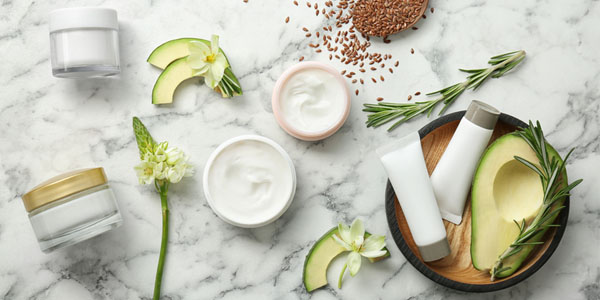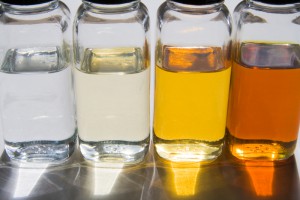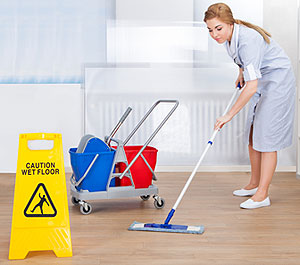
Opportunities are not clear-cut in the Indian personal care ingredients market
Steadily increasing disposable income levels have encouraged significant changes in the expenditure habits of the sizable Indian population. Favorable demographic factors andContinue reading→
Kline’s consumer products expert to discuss sustainability criteria for natural brands at HBA Global Expo 2010
Kline’s consumer products expert Nancy Mills, will discuss the bigger picture of sustainability and the criteria that should be considered when evaluating natural brands. The subject goes beyond synthetic vs. fully organic ingredients.Continue reading→
Kline’s consumer products industry manager to discuss the future of skin care at HBA Global Expo 2010
Kline’s consumer products expert Karen Doskow, will discuss the latest innovations in skin care, including product offerings, ingredients and packaging that are affecting the professional and consumer products markets. Looking at the global marketplace, Karen will highlight keyContinue reading→
Green Trend Drives Personal Care Ingredients Market
The natural personal care industry has continued to gain momentum over the past year despite a crippling global recession. Driven by consumer demand not only for natural products, but also for sustainable manufacturing processes among brand marketers, the naturals market is expected to Continue reading→
Generic Products Impact the Industrial Vegetation Management Market
Like many other industries, the market for industrial vegetation management products has been affected by generic products that have eroded share from the major brands and ratcheted up price competition. Nevertheless, there remains ample opportunity to command a strong market position with the right blend of innovation and service delivery. Read full article.Continue reading→
Kline’s energy industry vice-president to discuss the outlook for key raw materials in the post recession world at European Base Oils & Lubricants conference in London
Kline’s energy market expert Geeta Agashe, will provide an assessment of the forecast for key raw materials in the post recession world. Geeta will discuss the changing trends in base oil supply and demand and the drivers behind these changes in the global market.Continue reading→
Kline’s consumer products industry manager to discuss professional beauty products at Beyond Beauty conference in Paris
We would like to invite you to a free conference, where Kline’s beauty market expert Karen Doskow, will provide an assessment of skin care products used and sold through professional channels such as Spas, beauty institutes and aesthetic clinics. Karen will discuss the Continue reading→
Demographic Trends in the United States Favor Gardening-related Products for the Next 10 to 20 years
Gardening has long been a favorite leisure activity of home-owning consumers in the 45 to 65 age group, boosting sales in the consumer market for pesticides and fertilizers. In 2009, total sales of branded consumer products have increased at an average annual rate of 2.0%, representing growth across all segments. Continue reading→
Household Cleaning Products Marketers Undertake Extensive Promotional Activity to Bolster Sales

Industry performance in 2009 reflected the extended recession. Value-conscious consumers and strong competition lead household cleaning products marketers to undertake extensive promotional activity to offset sluggish sales. As Bob Markovich mentioned in Continue reading→
New petrochemical hubs possible, but opportunities depend upon the drivers behind global economic scenarios
Recent years have begun to see a shift in what is considered a petrochemical hub, away from operations and production sites, towards feedstock advantage and logistics provision. With its advantaged feedstocks and access to growth markets, the Middle East will become the petrochemical sector’s core. But there are also opportunities for success elsewhere, as the Continue reading→









